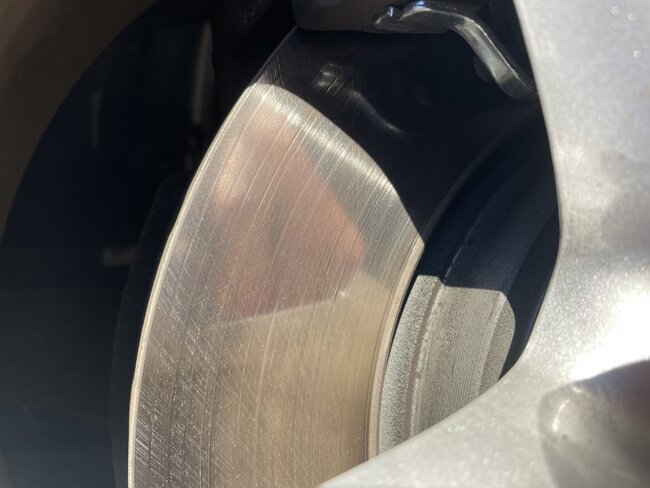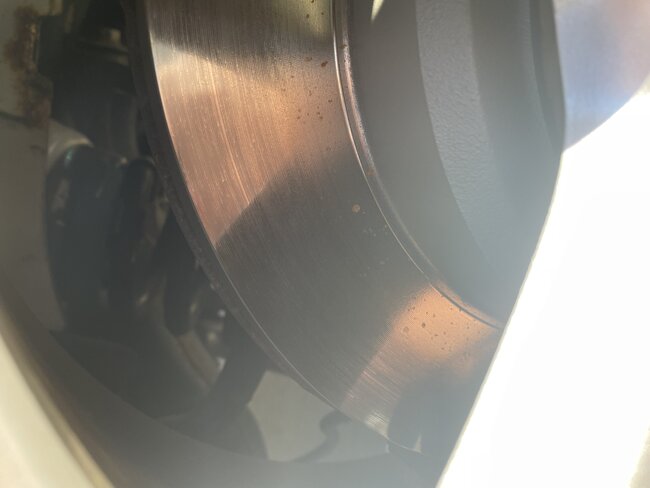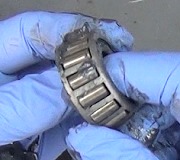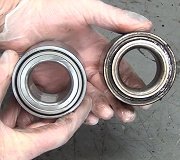How deep are the grooves? Sometimes a small pebble finds its way in there and can cause small grooves to form. Also, if you think about it, a part of a standard brake job is to machine the rotors if they're being reused, to remove the grooves and surface unevenness. The linings on the pads will wear to match the grooves, but since we're starting with new, flat pads, we want the rotors to match that.
Be aware too, in the past it was common to get brand new rotors with a groove on each side, right in the middle of the friction surface. Many people thought those were to form a ridge on the pads to keep them in place. In fact, their purpose was as wear indicators. If any of each groove was still there when starting a brake job, the rotors were thicker than the published minimum thickness, and could legally be machined. There's two thicknesses specified. One is the "machine to" spec. That's the thinnest a rotor can be machined to when truing it up. The second spec was the "discard" spec. That was commonly 0.030" thinner and was what the rotor was allowed to wear to after machining. Today most rotors are made really thin to save weight, so they're usually below the discard spec by the first brake job. The good news is they cost just a fraction of what they did back in the '70s and '80s.
Saturday, November 18th, 2023 AT 1:05 PM





